5 Restaurant Stocks Rising Above the Rest
Inflation and labor shortages are just two challenges facing restaurant stocks, but these five picks are well-positioned to ride out the storm.


Restaurant stocks could be growthy comeback play in 2022, though they're hardly a slam dunk.
Restaurants are pulling numerous levers to resuscitate sales of on-premise dining, drive-thru pickup and delivery channels to recover from some of the ill-effects COVID-19 had on consumers' patronage. And their efforts are only being further complicated by inflationary pressures, supply-chain issues and labor shortages.
Raising menu prices, eliminating menu items, reducing serving sizes and opening more restaurants in new and existing markets are just a handful of the options being weighed by industry players, large and small, to help with their recovery.
Exacerbating these ongoing pandemic-related issues is the war in Ukraine. Blue-chip restaurant stock McDonald's (MCD) joined a number of companies pulling out of Russia when it announced it was temporarily shutting all 850 of its restaurants in the country in response to the attack. This is likely to impact MCD's top line, considering around 9% of its annual revenues are derived from Ukraine and Russia.
The geopolitical issues abroad and rising food and gas prices in the U.S. have the potential to slow the restaurant industry's recovery. A consumer survey conducted by research firm Stifel found that 53% of respondents would cut back on dining out and 42% would reduce takeout/delivery if they had less money to spend.
Still, analysts contend there are opportunities out there for investors with an appetite for restaurant stocks, especially in companies with solid top-line growth or those that are perceived as offering higher values to cash-strapped consumers, says research outfit Stifel. Not to mention, a recovery in vacationing as COVID cases cool would lift most travel stocks, restaurants included.
Here are five restaurant stocks that stand out to us among the crowd. Each name featured here is broadly viewed bullishly by Wall Street's analyst community and is making moves to mitigate risks facing the industry at the moment.
Disclaimer
Data is as of April 4. Dividend yields are calculated by annualizing the most recent payout and dividing by the share price. Analysts' opinions courtesy of S&P Global Market Intelligence. Stocks are listed by analysts' consensus recommendation, from lowest to highest.

Wingstop
- Market value: $3.5 billion
- Dividend yield: 0.6%
- Analysts' consensus recommendation: 2.09 (Buy)
Wingstop (WING, $115.95) is a Dallas-based operator and franchisor whose menu specializes in cooked-to-order chicken wings, hand-cut fries and homemade sides through its more than 1,700 global locations.
In mid-2021, WING incorporated chicken thighs to its lineup as a means to mitigate the volatility in its food costs. The newest addition to the menu is expected to help keep its poultry costs from skyrocketing in 2022.
With the expansion of "Thighstop," WING began purchasing the entire bird instead of just the wings. As a result, in the fourth quarter of 2021, when market prices for jumbo wing soared 41% compared to the same quarter in 2020, Wingstop's cost for bone-in chicken wings rose just 27.5%.
"This sequential improvement has carried into 2022 as we continue to see a declining trend in the price of jumbo wings as well as the benefit for menu price increases," Alex Kaleida, senior vice president and chief financial officer (CFO) of Wingstop told analysts in the company's fourth-quarter earnings call. To maintain its margins, Wingstop raised its prices 10% last year, up significantly over its usual annual increase of 1% to 2%.
For the quarter, WING reported earnings per share (EPS) of 24 cents and revenue of $72 million. While these results fell short of analysts' consensus estimates, they marked solid year-over-year growth.
A Baird Equity Research note explains the Q4 earnings miss and 2022 guidance for certain cost items have prompted a slight reduction to its near-term EPS estimates.
"We are trimming 2022 estimate for earnings per share to $1.67 with slightly higher comps assumption tempered by increased expenses," writes Baird analyst David Tarantino, who has an Outperform rating on WING (the equivalent of a Buy). The analyst's full-year EBITDA (earnings before interest, taxes, depreciation and amortization) forecast remains within 1% of the prior model.
Stifel, on the other hand, left its 2022 EPS estimate of $1.80 unchanged citing new menu items utilizing additional parts from the chicken.
"Management struck an upbeat tone regarding the launch of its bone-in and boneless thigh products this year and would evaluate other parts of the bird," writes Stifel analyst Chris O'Cull, who also has a Buy rating on shares.
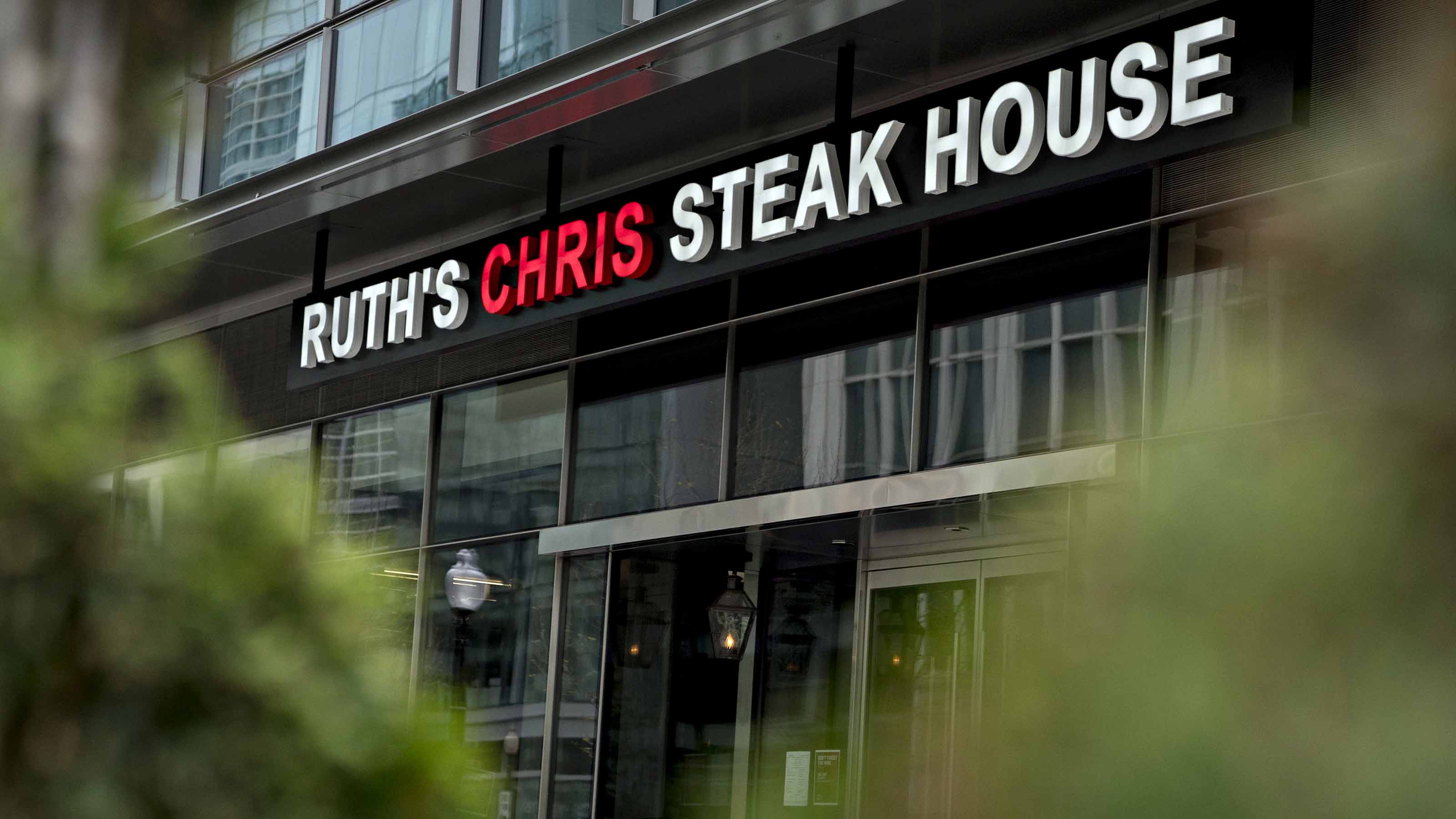
Ruth's Hospitality Group
- Market value: $746.4 million
- Dividend yield: 2.1%
- Analysts' consensus recommendation: 2.00 (Buy)
Ruth's Chris, the iconic steakhouse chain owned by Ruth's Hospitality Group (RUTH, $22.23), operating 150-plus fine-dining restaurants throughout the U.S. and abroad, is expected to raise its prices another 3% in March to help offset inflation pressures and the spike in beef prices.
RUTH operates two segments: Company-owned and franchises. It has 129 Ruth's Chris Steak House restaurants throughout the U.S. and 22 international locations, including in China, Japan and Taiwan.
Amid a high inflationary environment, RUTH has been utilizing price increases to mitigate surging food costs, including beef.
Specifically, food and beverage costs, as a percentage of restaurant sales, in the fourth quarter jumped 470 basis points (a basis point is one-one hundredth of a percentage point) year-over-year to 34.1%, while beef costs were up 43% compared to the year prior. As such, RUTH raised prices 1.3% in November and another 3% in March.
Despite higher costs, the company reported earnings of 40 cents per share for the three-month period – up from 4 cents per share in the year-ago period. Revenue more than doubled on a year-over-year basis to $118.7 million.
The company also reinstated its dividend after suspending the shareholder payouts in March 2020.
Raymond James analysts think Ruth's Hospitality, like other restaurant stocks, will face uncertainty through 2022 due in part to elevated food costs. However, RUTH "should benefit from significant margin tailwinds if beef prices normalize vs. record high levels," analyst Brian Vaccaro writes in a note.
The analyst is encouraged by the decline in the cost of Prime beef to start the year. He has a Strong Buy rating on RUTH, viewing it as an underappreciated quality story that, exiting COVID-19, should benefit from a return to work/corporate spending and higher menu prices.
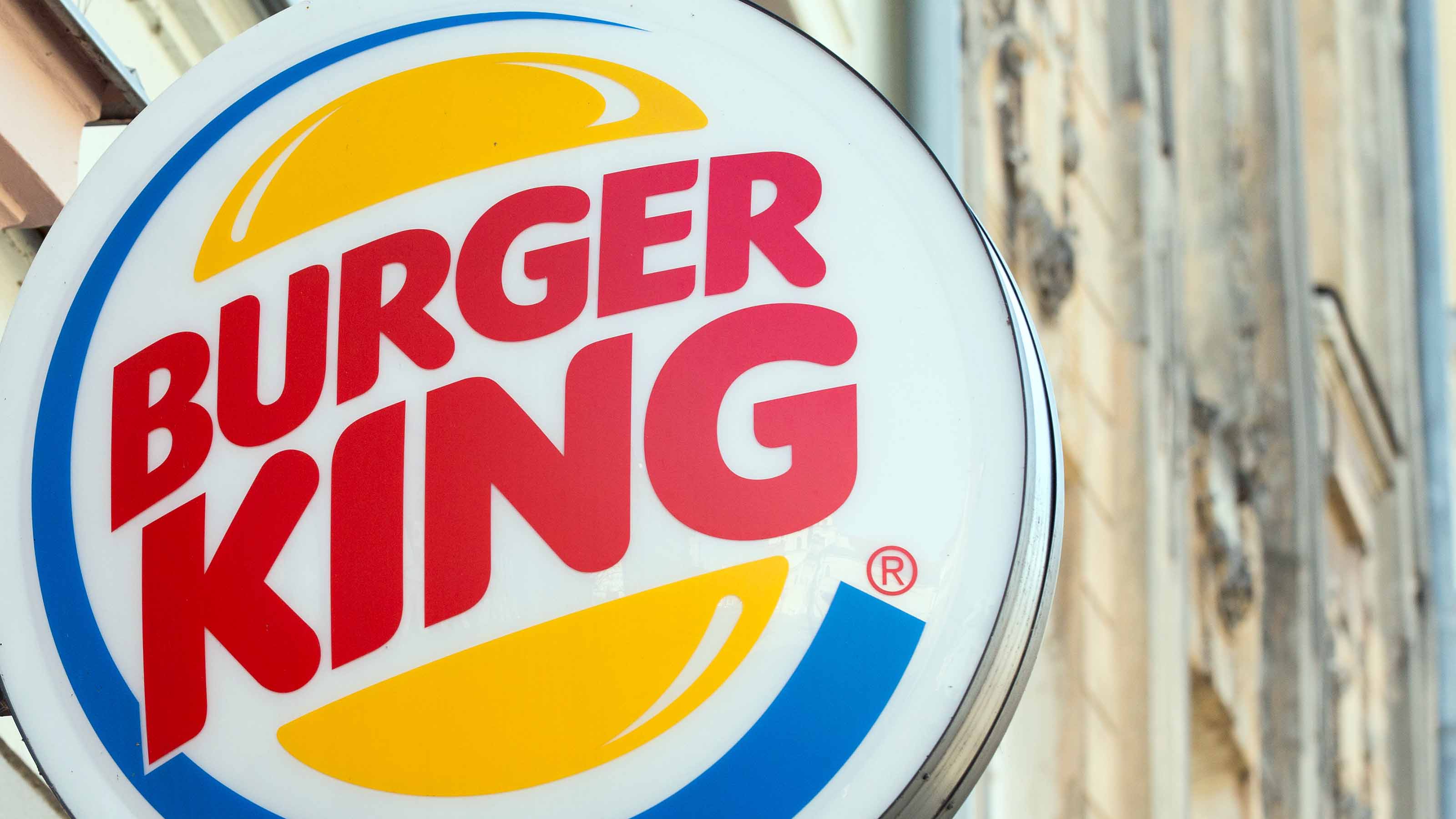
Carrols Restaurant Group
- Market value: $117.9 million
- Dividend yield: N/A
- Analysts' consensus recommendation: 1.80 (Buy)
To help shield itself against inflation, Carrols Restaurant Group (TAST, $2.16) is expected to raise prices on some food items offered, remove items from its value menu and reduce the serving size of some meals.
The Syracuse, New York-based company is the largest Burger King franchisee in the world, operating some 1,000 Burger King restaurants in 23 states across the U.S. The owner of roughly 14% of the chain's fast-food restaurants said it is removing the iconic Whopper from its Burger King's value menu and cutting the number of chicken nuggets in its meals to eight from 10.
Burger King, Chick-Fil-A and Domino's are a few of the restaurant chains that have recently reduced portions sizes in an effort to fight inflation.
"We are combating headwinds as best we can through aggressive pricing, menu changes and lower promotional discounts," said Dan Accordino, chairman and chief executive officer Carrols Restaurant Group, said in the company's fourth-quarter earnings call. "We believe that these efforts will serve to alleviate margin pressure, which we further believe will be most evident in the back half of the year as cost comparisons ease on a relative basis."
In the final quarter of 2021, TAST posted a loss of 15 cents per share on $416.1 million in revenue. The results were lower on a year-over-year basis due in part to an extra week in Q4 2020. However, they came in better than what analysts were expecting and the bottom line marked improvement over Q3.
Truist Securities analyst Jake Bartlett (Buy) notes that while margin pressures (labor and commodities) remain, TAST has seen little customer pushback on menu pricing. Plus, Burger King appears focused on franchisee margins, removing slow-moving items, simplifying the late-night menu and allowing locations to raise prices on value items.
"In 2022, we expect the beginnings of a brand turnaround for Burger King as it focuses marketing on the Whopper," the analyst adds.
Bartlett isn't alone in thinking TAST is one of the best restaurant stocks going forward. The average rating among the five analysts covering the name that are tracked by S&P Global Market Intelligence is Buy. And the average price target of $4 represents implied upside of 85.2% over the next 12 months or so.
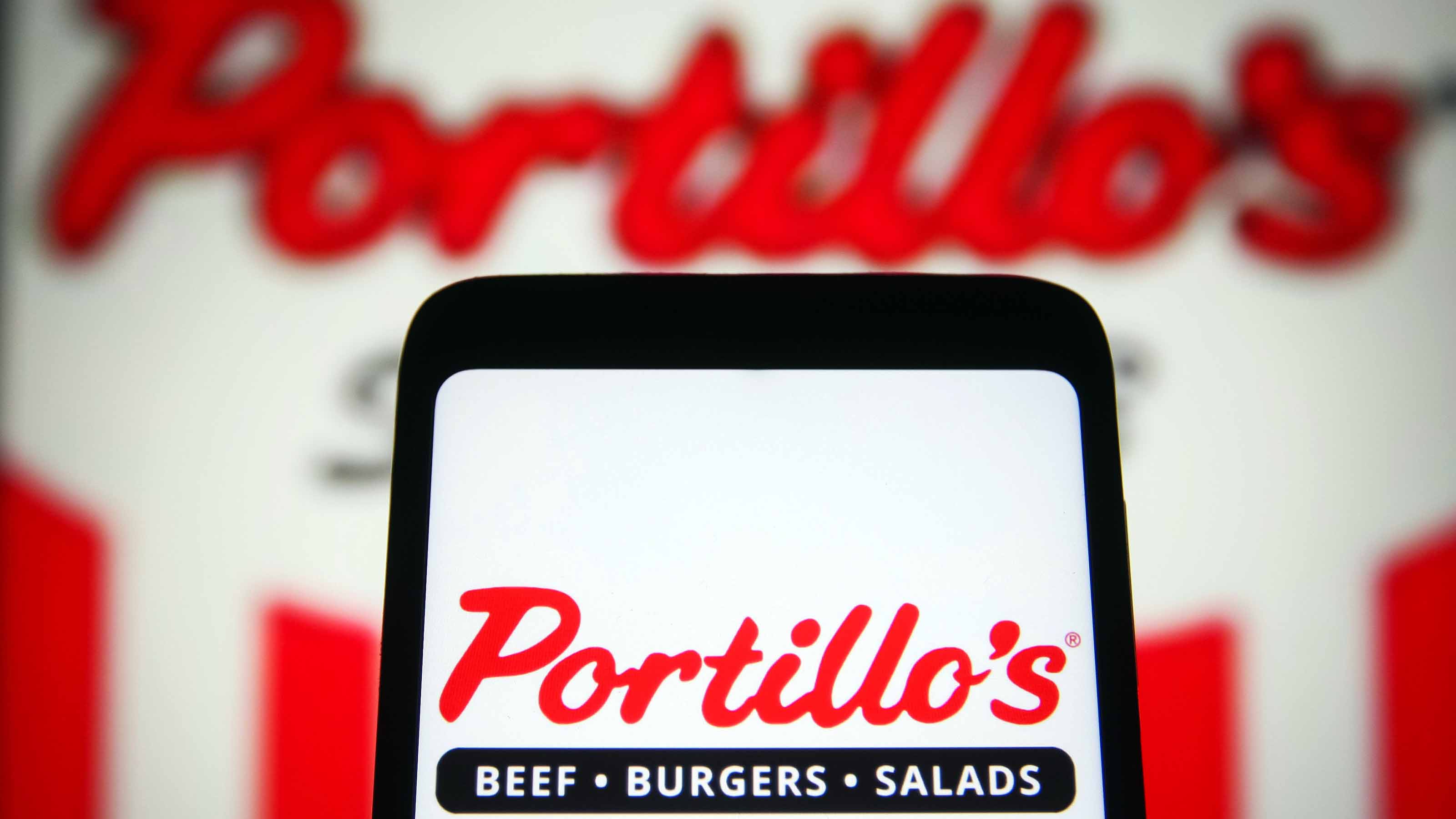
Portillo's
- Market value: $877.3 million
- Dividend yield: N/A
- Analysts' consensus recommendation: 1.78 (Buy)
Portillo's (PTLO, $24.50) satiates many Midwesterners' craving for hot dogs, Italian beef and Polish sausage. And PTLO is expanding, introducing its Chicago-style favorites to residents across the Sun Belt.
The Oak Brook, Illinois-based fast-casual food chain opened five new restaurants in 2021 – and seven since the fourth quarter of 2020 – bringing its total number of lcoations to 70 in nine states across the Midwest, Southeast and Southwest. In April, Portillo's is scheduled to open a restaurant in St. Petersburg, Florida, and five more in existing markets and the Sun Belt during the third and fourth quarters of 2022.
Faced with the ongoing challenges facing many restaurant stocks, Portillo's credits its growth strategy for helping it to deliver solid top-line results and profitability in 2021, a "milestone year" for the firm, according to CEO Michael Osanloo.
"Going forward, we plan to increase our number of restaurants by approximately 10% annually," the company said in a press release announcing its Q4 earnings. "Our near-term restaurant growth strategy is focused on leveraging our proven unit economic model primarily in adjacent and national markets outside Chicagoland with favorable macroeconomic tailwinds where we already have a presence and brand awareness."
Portillo's revenues for the quarter were $138.9 million, up 17.2% YoY, thanks to an increase in transactions and the average check – the latter of which came amid a roughly 6.4% jump in menu prices – as well as the opening of new restaurants. This helped drive a 10.3% spike in same-restaurant sales for the period.
The company – which had its initial public offering (IPO) in mid-October – posted a per-share loss of 52 cents in the fourth quarter, but analysts expect PTLO to swing to profitability in fiscal 2022.
In an industry research note from Jefferies Equity Research, analysts said Portillo's is "managing well through near-term headwinds" and is "poised for quality growth ahead."
The group, who have a Buy rating on the stock, added that PTLO's "investments in people prior to and throughout the pandemic and commitment to development has driven industry-leading retention." This has also helped the restaurant chain to remain staffed at healthy levels at a time when others in the industry are struggling to do the same.
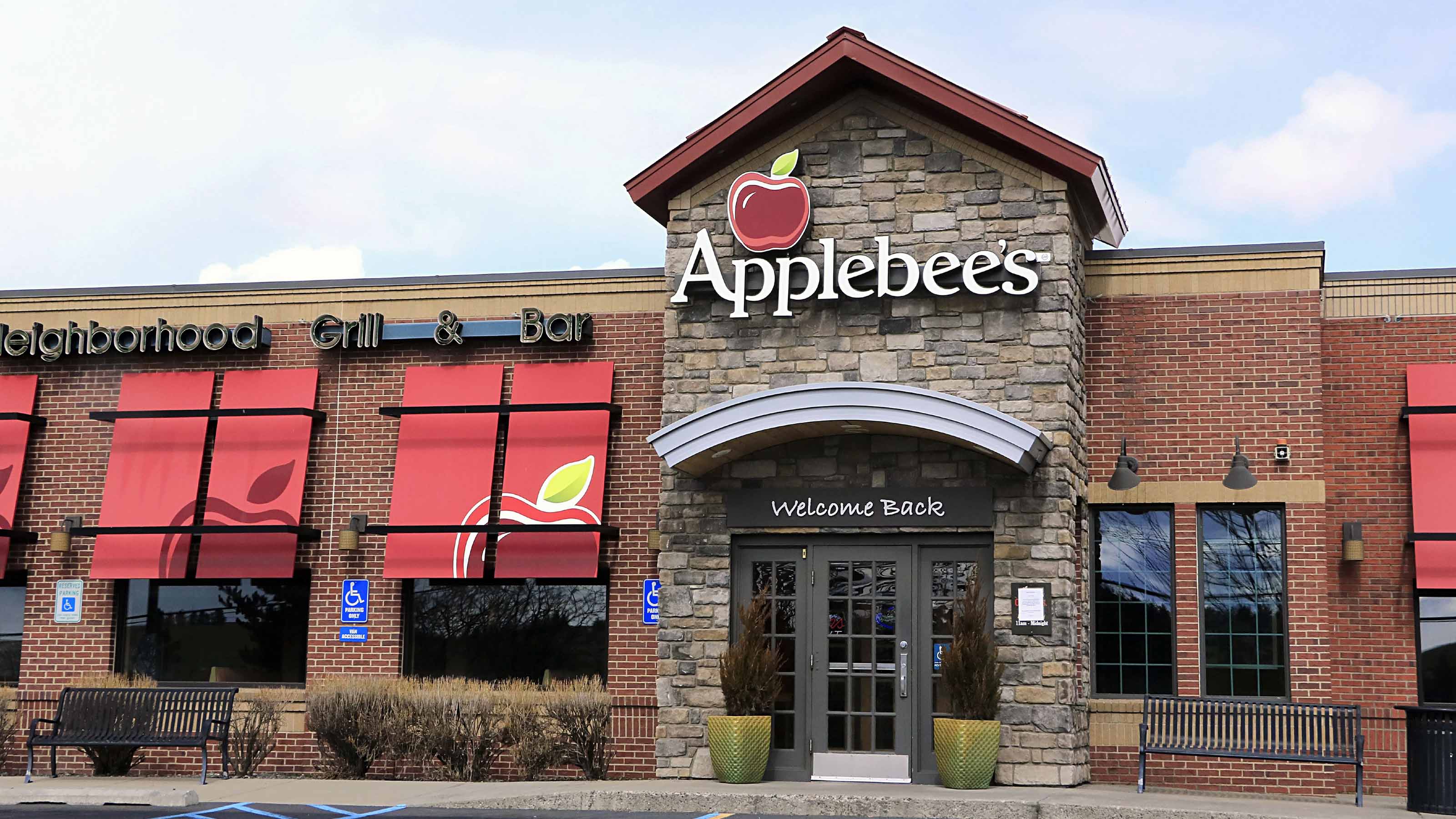
Dine Brands Global
- Market value: $1.3 billion
- Dividend yield: 2.4%
- Analysts' consensus recommendation: 1.50 (Strong Buy)
Of all the restaurant stocks featured here, Dine Brands Global (DIN, $76.39) is the only one with a consensus rating of Strong Buy. DIN is the parent company of Applebee's and IHOP, and operates roughly 3,400 franchise restaurants in 16 countries, making it one of the largest full-service restaurant companies in the world.
A labor shortage and red-hot food inflation – the latter exacerbated by the war in Ukraine – have converged to produce sustained headwinds for restaurants, including the two venerable restaurant brands.
However, these headwinds, however, have not diminished Dine Brands' investments in its Applebee's and IHOP technology, menu simplification and off-premise business cooked up to drive growth in 2022 and beyond.
"We believe that the current disruption in the restaurant landscape has created an opportunity for Dine to gain market share," said Vance Chang, CFO for Dine Brands, during a Q4 2021 earnings call with investors. He went on to say that "2022 is an investment year," and the company is investing in "technology, development and new revenue channels for both brands." But while this will position Dine for long-term sustainable growth, Chang cautions that "the benefits of those investments may not be fully seen in this calendar year."
Still, DIN headed into 2022 with momentum. For the fourth quarter, Dine Brands posted adjusted earnings of $1.32 per share, a notable improvement over the 39 cents per share it earned in the year-ago period. Total revenues of $229.6 million were up 17.1% over Q4 2020.
The restaurant chain also ended 2021 with adjusted free cash flow – the money left over after expenses have been paid – of $191 million, up 79.2% YoY.
Wedbush analyst Nick Setyan expects franchisees to resort to higher menu prices at both Applebee's and IHOP should higher-than-expected food and or labor costs materialize into 2022. This, in turn, will translate into higher sales and royalties.
Setyan has an Outperform rating on DIN, adding that it remains on the "Wedbush Best Ideas List." The analyst believes "DIN's current valuation discounts an overly pessimistic view of its medium- to long-term fundamentals."
Raymond James analyst Brian Vaccaro also has an Outperform rating on the stock. While the analyst recently lowered his 2022 and 2023 earnings estimates based on higher general and administrative costs, he sees this as "a continuation of investments that the company has made in recent years to enhance the guest experience, strengthen its in-store/off-premise capabilities, and accelerate unit growth exiting COVID."
Get Kiplinger Today newsletter — free
Profit and prosper with the best of Kiplinger's advice on investing, taxes, retirement, personal finance and much more. Delivered daily. Enter your email in the box and click Sign Me Up.

Riccardo is an award-winning business journalist who has covered Fortune 500 companies for news organizations across the United States.
-
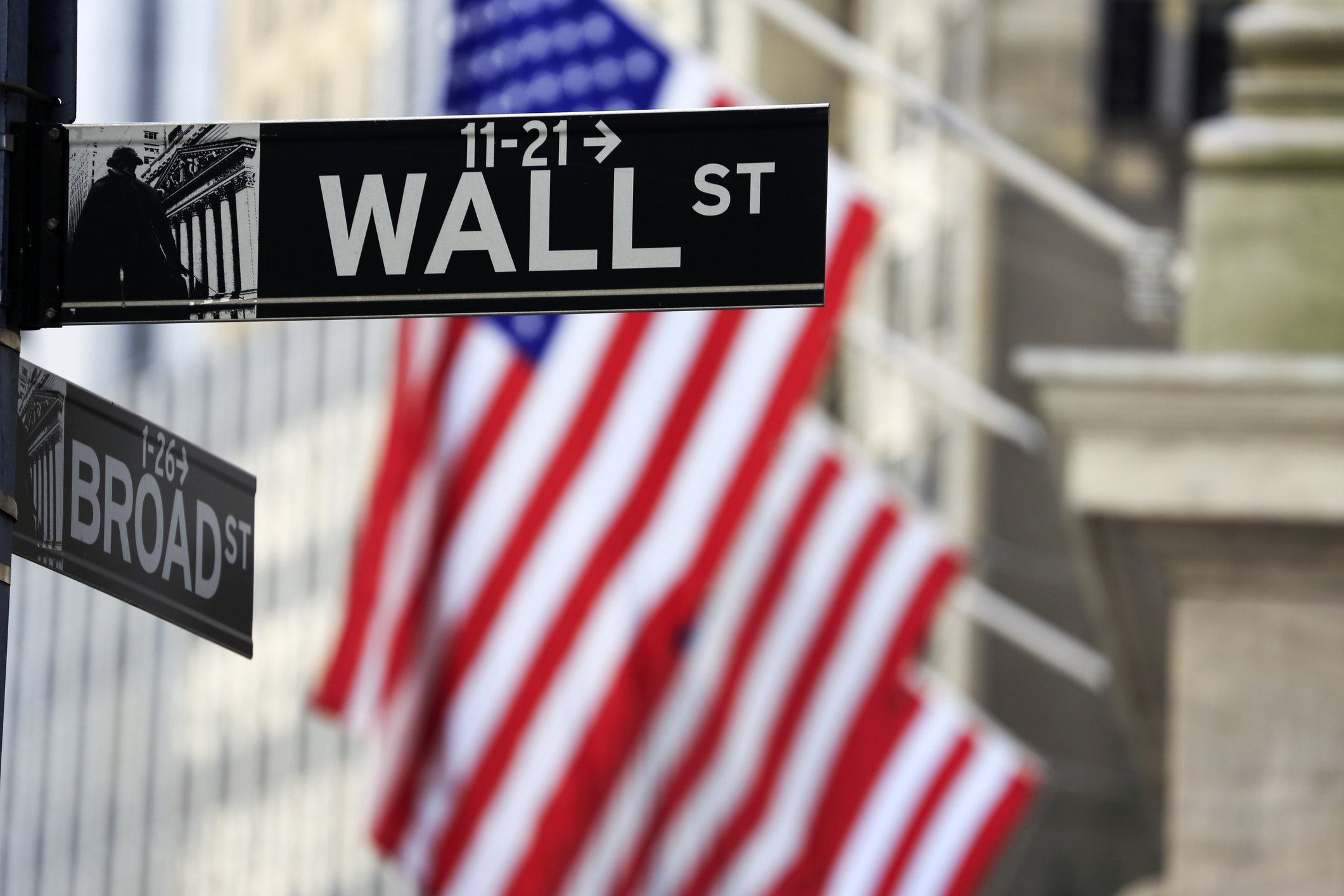 What Wall Street's CEOs Are Saying About Trump's Tariffs
What Wall Street's CEOs Are Saying About Trump's TariffsWe're in the thick of earnings season and corporate America has plenty to say about the Trump administration's trade policy.
By Karee Venema
-
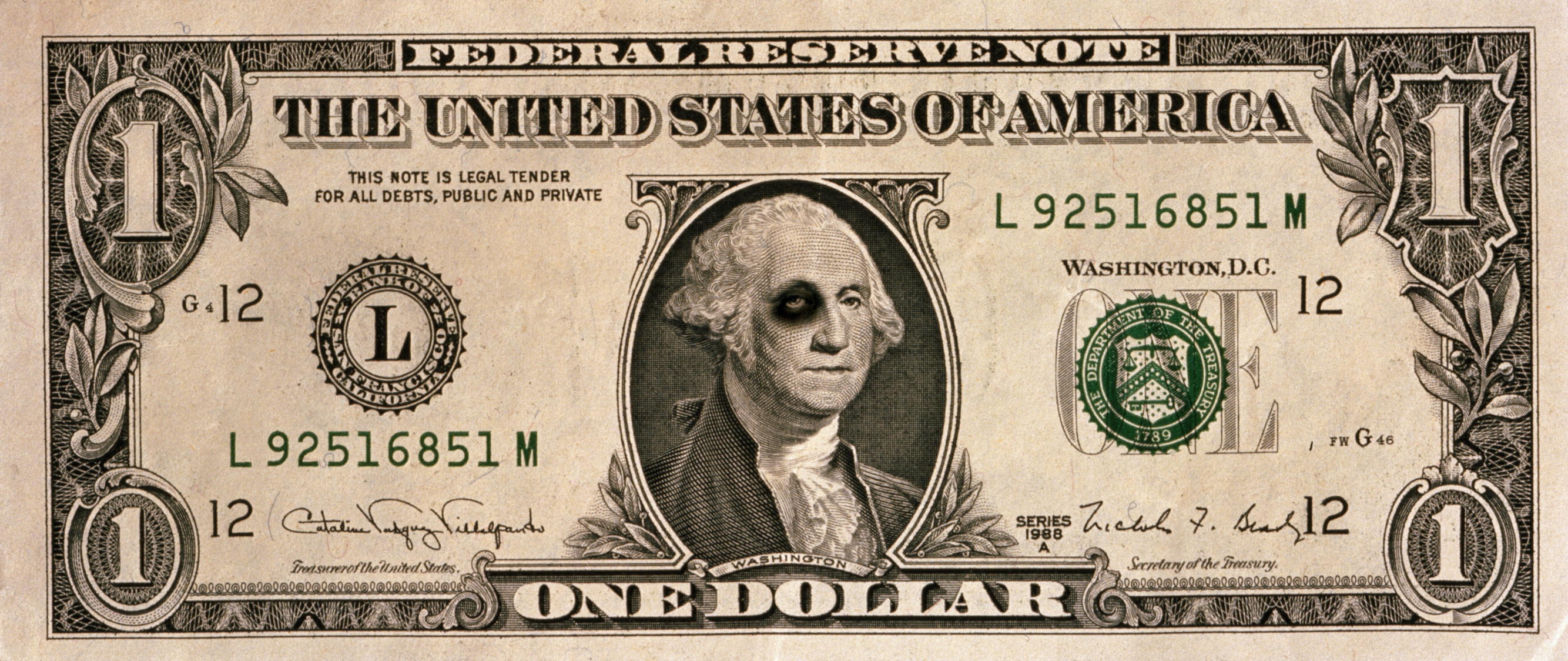 The Role of the U.S. Dollar in Retirement: Is It Secure?
The Role of the U.S. Dollar in Retirement: Is It Secure?Protect your retirement from de-dollarization, because “capital always goes where it is treated best."
By Adam Shell
-
 The Cheapest Places To Retire in the US
The Cheapest Places To Retire in the USWhen you're trying to balance a fixed income with an enjoyable retirement, cost of living is a crucial factor to consider.
By Stacy Rapacon
-
 Can Stocks Picked by Artificial Intelligence Beat the Market? 3 Stocks to Watch
Can Stocks Picked by Artificial Intelligence Beat the Market? 3 Stocks to Watchstocks An artificial intelligence stock-picking platform identifying high-potential equities has been sharp in the past. Here are three of its top stocks to watch over the next few months.
By Dan Burrows
-
 5 Stocks to Sell or Avoid Now
5 Stocks to Sell or Avoid Nowstocks to sell In a difficult market like this, weak positions can get even weaker. Wall Street analysts believe these five stocks should be near the front of your sell list.
By Dan Burrows
-
 Best Stocks for Rising Interest Rates
Best Stocks for Rising Interest Ratesstocks The Federal Reserve has been aggressive in its rate hiking, and there's a chance it's not done yet. Here are eight of the best stocks for rising interest rates.
By Jeff Reeves
-
 The 5 Safest Vanguard Funds to Own in a Volatile Market
The 5 Safest Vanguard Funds to Own in a Volatile Marketrecession The safest Vanguard funds can help prepare investors for continued market tumult, but without high fees.
By Kyle Woodley
-
 The 5 Best Inflation-Proof Stocks
The 5 Best Inflation-Proof Stocksstocks Higher prices have been a major headache for investors, but these best inflation-proof stocks could help ease the impact.
By Louis Navellier
-
 5 of the Best Preferred Stock ETFs for High and Stable Dividends
5 of the Best Preferred Stock ETFs for High and Stable DividendsETFs The best preferred stock ETFs allow you to reduce your risk by investing in baskets of preferred stocks.
By Kyle Woodley
-
 What Happens When the Retirement Honeymoon Phase Is Over?
What Happens When the Retirement Honeymoon Phase Is Over?In the early days, all is fun and exciting, but after a while, it may seem to some like they’ve lost as much as they’ve gained. What then?
By T. Eric Reich, CIMA®, CFP®, CLU®, ChFC®
